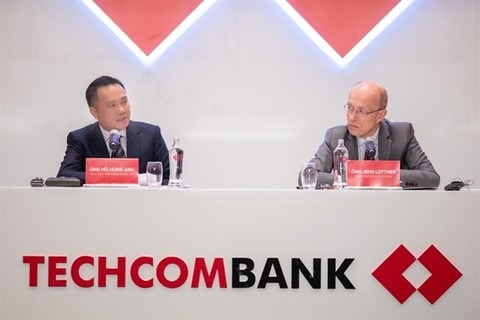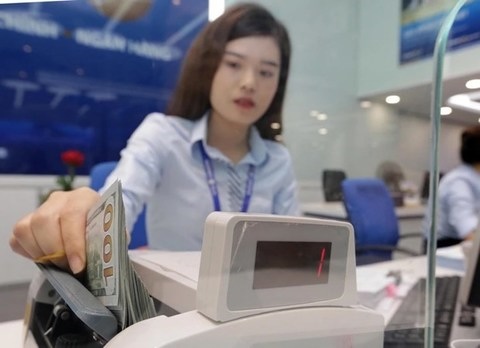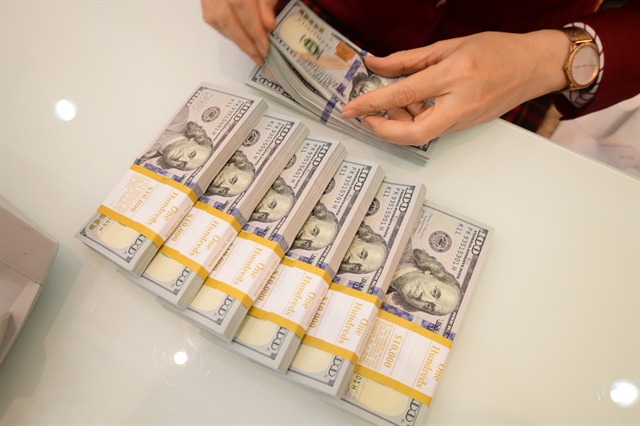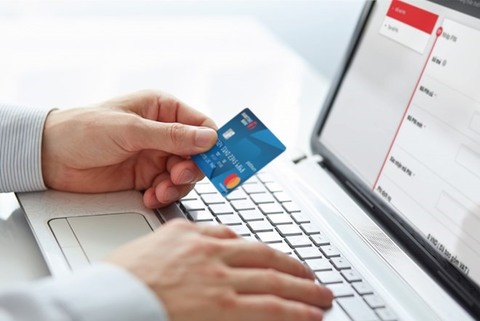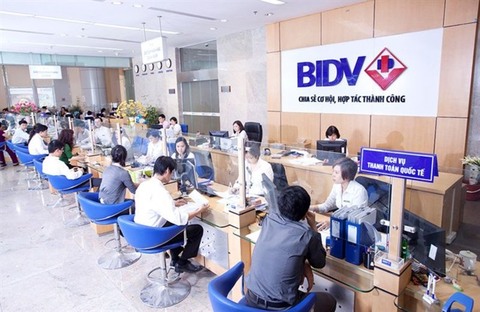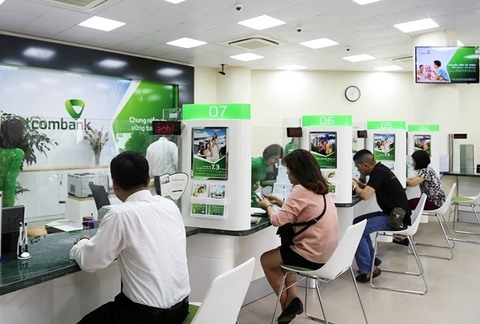Green banking aims push forward
Green banking aims push forward
In response to climate change, and to rigorously fulfil its role in promoting the nation’s economic development goals through credit lending activities, the local banking sector is required to take up green and sustainable banking practices in a more serious manner.
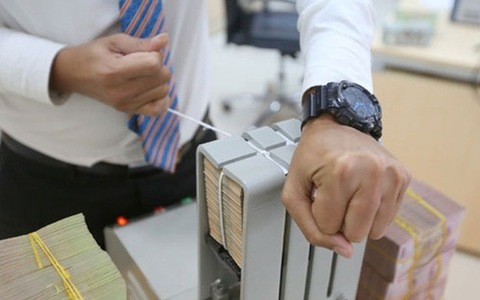
GREEN EFFORTS
Vietnam is no stranger to green growth or sustainable economic development, with the country maintaining its National Strategy on Green Growth for the 2011-2020 period with a vision towards 2050. In its role of promoting a greener and more sustainable economy, the State Bank of Vietnam (SBV) has issued a raft of regulations since 2015, requiring banks to incorporate environmental and social (E&S) risk management in their lending criteria.
Now with a clearer vision on green banking development towards 2025, the monetary authority has moved on from soft rule to harder regulation with its Decision No.604/QD-NHNN dated August 7, 2018, approving the Green Bank Development Scheme in Vietnam. The scheme actively requests banks to gradually increase the ratio of total lending to priority sectors or industries listed on the SBV’s green projects portfolio.
The move also requires 100 per cent of banks in Vietnam to ultimately implement an internal set of regulations on E&S risk management and conduct credit risk assessment in lending activities by 2025.
In addition, there will be at least 10 to 12 banks required to have an established specialised unit or department in charge of E&S risk management, and 60 per cent of banks to have access to green financial resources to re-lend to green projects by the given timeframe.
Vietnam, according to Kyle Kelhofer, IFC country manager for Vietnam, Cambodia, and Laos, is on a good footing thanks to the SBV’s Directive on Promoting Green Credit Growth and Environmental and Social Risks Management in Credit Granting Activities promulgated in March 2015, as well as the SBV’s Decision No.1552 on issuance of an action plan of the banking sector to implement the National Strategy on Green Growth towards 2020.
“On a side note, I commend the Vietnamese regulator for their phased approach. There was no setting of a mandatory requirement from day one to kick-start green finance development, and people pushed into doing what they don’t want to do. Instead there has been sharing and discussing the business case of green finance, so people can see the benefit and kind of want to go ahead with it,” noted Kelhofer. “The real opportunity for the SBV is to continue monitoring green finance progress results and sharing the successful cases with the sector so that everyone can see the benefits of effectively implementing green finance practices.”
IN THE HANDS OF THE BANKS
For banks to successfully pursue green banking practices and achieve practical results towards the nation’s goals for sustainable growth, they are being encouraged to align strategies to sustainable development and reach green targets with a specific outcome, and then work backwards in a bid to achieve the desired results – a method known as backcasting.
According to Yuki Yasui, programme operations manager at United Nations Environment Programme - Finance Initiative (UNEP FI), sustainable finance has originally been about projects and their risks. But now financial institutions are encouraged to integrate sustainability across their organisations and to align their strategies, targets and goals with sustainable development and climate change goals of the country.
With regards to backcasting, Yasui referred to the Sustainable Development Goals (SDGs) as part of the 2030 Agenda for Sustainable Development adopted by the United Nations General Assembly in 2015. It provides a path forward for national and international sustainable development policies by explicitly linking economic, social and environmental development goals.
She said, “We require scenarios to understand how the banks should be targeting their strategies and activities for 2030, and then going back to what they’re doing today and see what needs to be done in the next 20 years. So [it’s] setting goals on a future perspective, not a historical perspective.”
Yasui noted that the SBV has productively created an enabling environment for the local banking sector to pursue green growth development and green lending targets, in which Vietnamese banks can join the fight against climate change in a straightforward manner.
“I think different banks will be capturing the green finance opportunities at different paces. Some banks are moving faster with gender financing, while others are pursuing SME financing targets,” said Kelhofer of IFC. “It takes time for banks to find the right people, and the right expertise for banks to ramp up in green finance.”
JOINING THE GREEN CIRCLE
Certain banks around the world as well as Vietnam have now considered their green credit activities more seriously - some have taken the initiative to cease lending to brown projects while others seek to provide loans to corporations or individuals to purchase and install solar panels to serve their power needs.
Standard Chartered Plc., for instance, last month announced further steps it is taking to meet its commitment to support the Paris agreement on climate change. In particular, the London-based bank will cease providing financing for new coal-fired power plants across the globe, following detailed consultation with a range of stakeholders.
“Climate change is one of the single biggest challenges society has to address. More than 1.1 billion people still do not have access to reliable power but recent developments in technology mean that alternative sources are increasingly available to meet that need without the impact of coal-fired power on the environment,” said Standard Chartered CEO Bill Winters.
“Our decision to stop financing coal power is a first step in a set of more substantive actions to which we are now committing, in order to understand the CO2 emissions our financing supports. We intend to work transparently and with other banks, our respective clients and other stakeholders to reduce the impact over time,” he said.
Standard Chartered also recognises the vital importance of honouring its existing commitments to clients. There are currently 14 project financing facilities across seven markets, which fund coal-power stations, and Standard Chartered will continue to honour those facilities. Standard Chartered Vietnam is known to be involved in financing the infrastructure and power sectors in the country, with the Mong Duong II independent power producer (IPP) project identified as one of these.
Hanoi-based BIDV, meanwhile, has lately rolled out an insured solar energy solution package for its customers and offered a financial package for those who seek to adopt the rooftop solar power system developed by SolarGATEs, the subsidiary of SolarBK, in Vietnam.
HSBC Vietnam, according to CEO Pham Hong Hai, is also exploring solutions to provide loans to households who install solar panels to serve their power needs.
“HSBC Holdings has committed to providing $100 billion in sustainable financing and investment by 2025. In Vietnam, HSBC has taken the initiative to support numerous hydropower projects and we have been also looking into a number of solar and wind power schemes,” said Hai.
HSBC is committed to source 100 per cent of its electricity from renewables by 2030. Like Standard Chartered, they also seek to reduce exposure to thermal coal and manage the transition for other high-carbon sectors.



